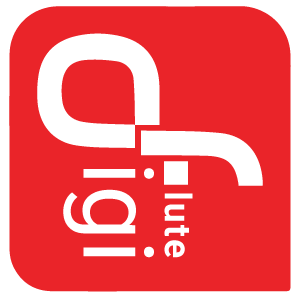Introduction
Hyperledger is an open-source blockchain framework that provides tools and libraries for building decentralized applications. Amazon Web Services (AWS) offers a fully managed service called Amazon Managed Blockchain, which simplifies the creation and management of scalable blockchain networks using Hyperledger Fabric and Ethereum.
In this blog post, we’ll walk through the process of setting up a Hyperledger Fabric network on Amazon Managed Blockchain and deploying a sample application. Our use case involves tracking donations for a nonprofit organization, demonstrating how blockchain can enhance transparency and trust.
Architecture Overview
Our application consists of three tiers:
- Hyperledger Fabric Chaincode:
- Executes on the Fabric peer node.
- Represents the smart contract that queries data and invokes transactions on the Fabric network.
- RESTful API:
- Utilizes the Hyperledger Fabric Client SDK to interact with the Fabric network.
- Exposes functions provided by the chaincode.
- Provides a user-friendly interface for interacting with the blockchain.
- User Interface Application:
- Calls the RESTful API to display donation and spending records.
- Abstracts the underlying blockchain technology from end users.
Steps to Create and Deploy
- Launch Hyperledger Fabric Private Network:
- Set up a private network using Hyperledger Fabric on Amazon Managed Blockchain.
- Configure channels, peers, and orderers.
- Deploy Components:
- Deploy necessary components (such as peers, orderers, and certificate authorities) to run your application.
- Ensure that the network is ready for use.
- Create a RESTful API:
- Use the Hyperledger Fabric Client SDK to create an API that interacts with the Fabric network.
- Expose functions for querying data and invoking transactions.
- Build the User Interface:
- Develop a user-friendly interface that calls the API.
- Display donation and spending records to end users.
Benefits of Using Blockchain
Blockchain technology promotes trust among network participants by providing an immutable, cryptographically secure ledger. In our scenario, all members (donors, nonprofits, investors, etc.) have their own copies of donation and spending records. This transparency can lead to increased efficiency and cost reduction for nonprofits.
Conclusion
By combining Hyperledger Fabric with Amazon Managed Blockchain, you can create robust and transparent applications. Whether you’re tracking donations or managing supply chains, blockchain technology offers new possibilities for trust and accountability.
Remember that these steps are high-level, and you can find more detailed instructions in the official AWS documentation. Happy blockchain building!




